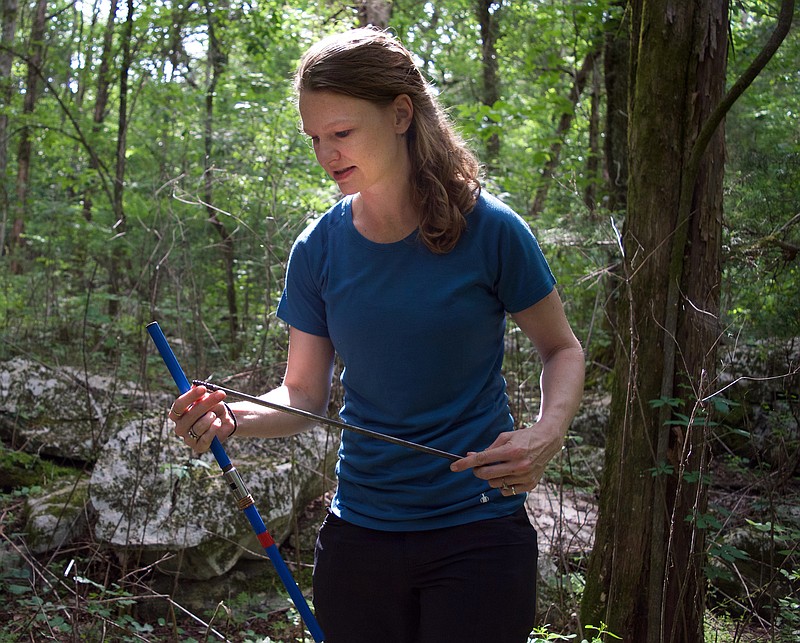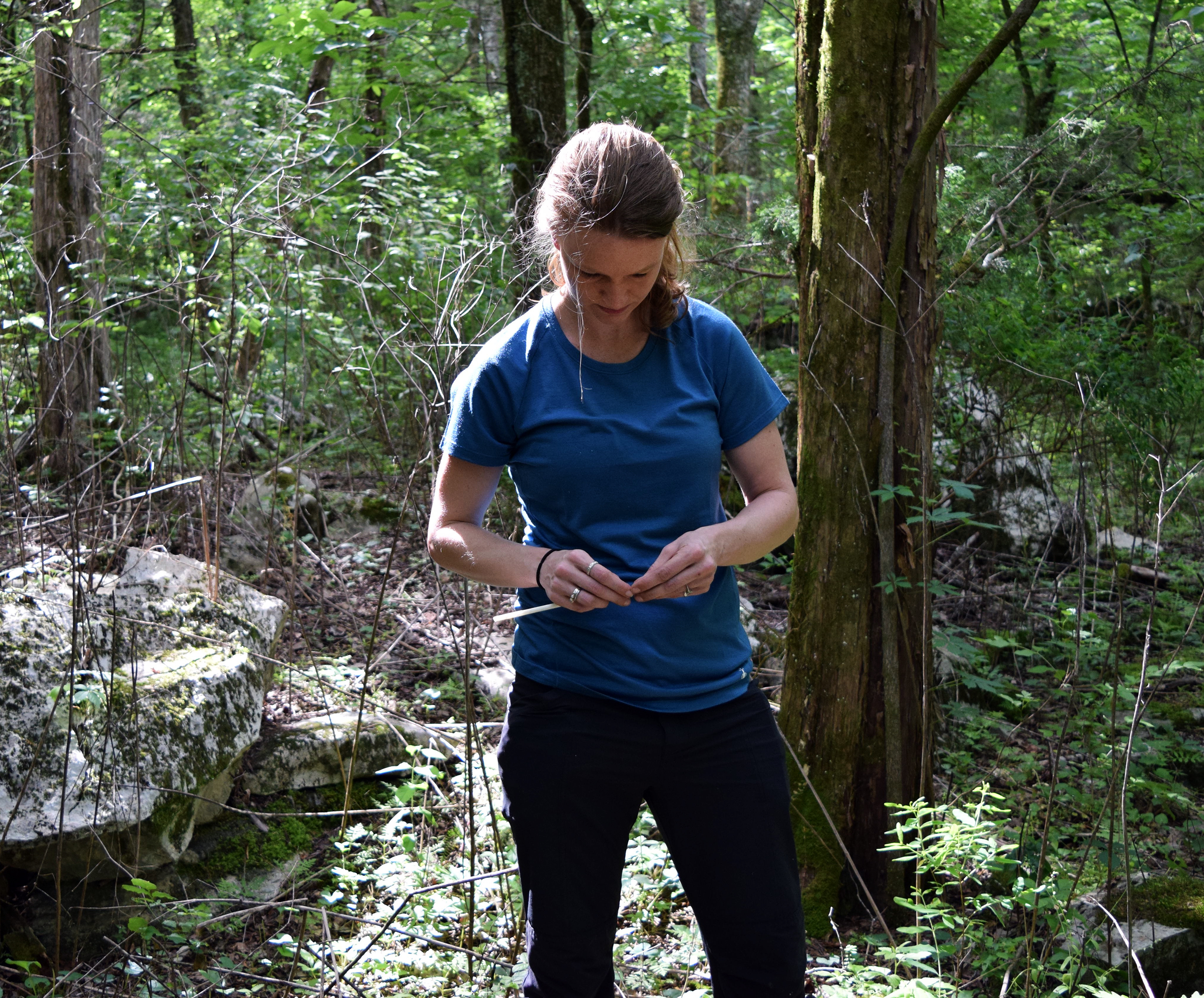JASPER, Tenn. - A University of Tennessee doctoral student is resurrecting research that was abandoned nearly 80 years ago that could be crucial for Tennessee Valley Authority's understanding of long-term weather patterns that factor into the agency's decisions regarding water.
Scientist Florence Hawley began research in the 1930s studying tree rings to understand long-term weather patterns in the Norris Basin. She worked at TVA in its earliest days but faced sexism on the job and was never allowed to publish her results, according to TVA officials. She abandoned TVA in the 1940s and went to work in the Southwest.
Her research was recently found in the TVA archives by lead hydrologist Curt Jawdy, and while attention in the valley has been on flooding and the record rainfall that has pummeled the region for more than a year, he believed the research could show the range of climate patterns in which engineers needed to be prepared.
The utility provider approached the University of Tennessee about finishing the work, and doctoral student Laura Smith took on the task. She had experience studying tree rings to understand forest dynamics and thought the work would be a natural extension of her previous research.
Rings of Eastern Red Cedars provide climate history dating back hundreds of years. The trees are ideal for climate study due to their drought sensitivity. The trees are old - some found in Virginia during a previous study date back 800-900 years. Locally, Smith is pulling samples at Little Cedar Mountain Recreation Area in Jasper, Tennessee, where she has taken about 120 samples from 60 trees.
A small ring indicates sickness or drought for the year, while a thick ring tells scientists of healthy years with ample hydration.
Smith is taking tree samples that will be analyzed over the next six to 12 months. She expects to sample roughly 300-500 trees of a variety of ages across the valley. The wide sample will help limit non-climate factors - such as a tree getting sick or animals hurting the health of individual trees. She travels around the region inserting an increment borer into the cedars. The long, thin device twists into the trees and pulls out a small sample.
From there, the samples are taken to a lab where complex statistical models will extract the climate data based on tree rings. The study is about understanding the past for Smith and other university scientists.
"This isn't about the climate moving forward but gives us an idea about variability in the system. It's not a predictive model, but it tells us going backward," she said. "It gives us a range to be prepared for in the future."
That information is crucial for TVA. The agency manages the river system in seven states in the Southeast. It oversees water-levels; currents; boat traffic; freight; hydro power; the health of the ecosystem; and recreational opportunities like boating, paddling, open water swimming, fishing and more. Ideally, they'd like to see a balanced amount of rainfall each year, which makes it easier for their employees and on their system to manage water use.
Understanding what has happened in the past will help them understand what to be prepared for in the future, Jawdy said.
"We're looking for just how big the swings of climate can be so we can prepare for future work," he said.
TVA officials are asking residents to alert them of Eastern Red Cedars found on public lands such as TVA trails, dam reservoirs, campgrounds, state parks or natural areas.
More information on how to spot the trees can be found on inaturalist.org/projects/cedar-seekers. Photos can be uploaded under the Cedar Seekers project on the iNaturalist app or posted to social media using the hashtag #tvafun.
"We're looking to get the public engaged from an observational standpoint," TVA program manager Suzanne Fisher said.
Contact staff writer Mark Pace at mpace@timesfreepress.com or 423-757-6659. Follow him on Twitter @themarkpace and on Facebook at ChattanoogaOutdoorsTFP.

